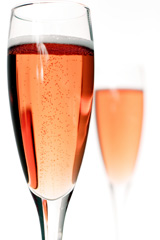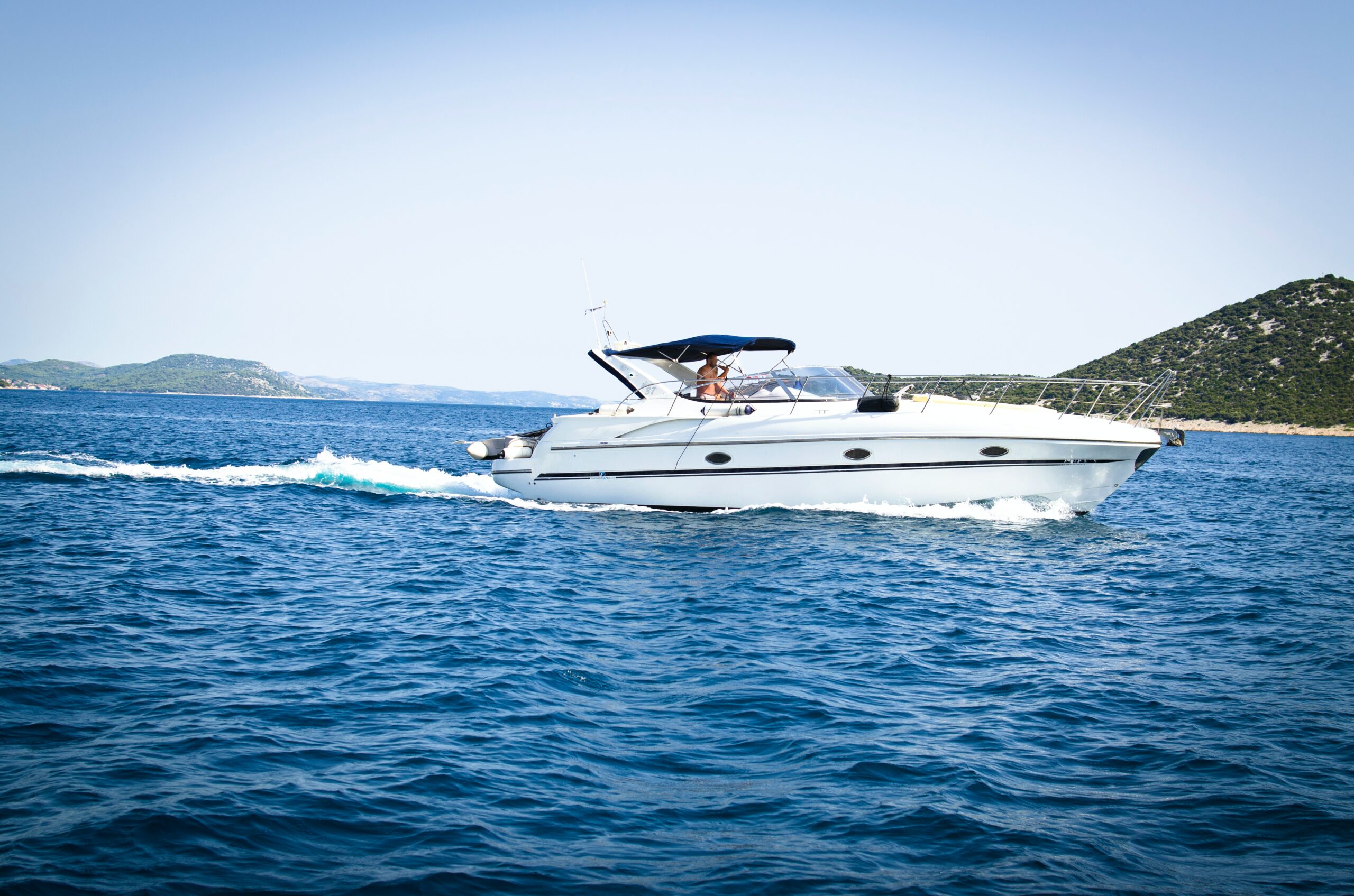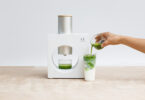Call me a sucker for color coordination, but rosé wines are the perfect complement to Valentine’s day. Maybe rosés have never really been your thing. Maybe you’ve never had the inclination to try. But sometimes you just have to roll with the season. Whether you’re spending the 14th with friends, family, yourself, that special-someone or that special-someone-to-be, here’s a chance to try something different, delicious and that matches the flowers. But I promise that rosés aren’t a Valentine’s gimmick.

Rosé wines have something for everybody and can be truly fascinating any time of the year. They offer an appealing mix of bright, acidic flavors and warm, berry flavors. For someone who drinks reds or whites on a regular basis, rosés can provide a delicious change of pace and perspective. As a side note, blush wines such as “white Zinfandel” are not what I have in mind–these are usually much sweeter and less complex than traditionally made rosé wine.
Rosés are usually made in one of two ways: allowing recently-crushed red-skinned grapes to stay in contact with their skins for two or three days; or as a byproduct of red wine fermentation where the winemaker will extract early juices from the mix of crushed grapes and skins and ferment them separately. In rare occasions, rosés are made by blending a small amount of red wine into a white wine. These are the same processes used to create sparkling rosé wines–and nothing says booze-fueled romantic celebration quite like rosé champagne.
Many rosés have enough acidity (and sometimes a dash of tannins) to stand up to hearty meals; that said, the soft fruits you can often detect on the nose or palate of these wines work well with a lighter range of dishes. Incidentally, dry rosés are my favorite wines to drink with sharp cheeses.
My first pick is a classic wine from the south of France, and it’s a blockbuster in a sexy bottle.

If you want a good introduction to rosé wines, Domaines Ott Chateau Romassan 2007 is a good way to go. The soil in the winemaking regions of the south of France is composed largely of limestone and sand, imparting a wonderful minerality to all their wines. The Rossman is made from an interesting mix of grapes: Grenache (my personal favorite), Mourvèdre, Cinsault and Cabernet Sauvignon. Romassan shows delicate raspberries, herbs and a hint of sea-spray on the nose and an enticing mix of minerality and red berries on the palate, backed with a great level of acidity that will help the wine complement everything from steamed halibut to a porterhouse to a slow-poached egg brunch.
As I mentioned before, there’s nothing quite so romantic (as far as wine goes, anyway) as rosé champagne, and so my next two picks have bubbles.
Laurent Perrier Brut Rosé is made from Pinot Noir grapes using the extraction method mentioned above.

This was a delicious wine, and very different from the winemaker’s regular brut champagne. Without losing any crisp effervescence or acidity, the Rosé has a mouthwatering, yet subtle sweetness. Fresh cherries and strawberries on the nose that seemed to pop out of the flute. It’s a full-bodied, yet delicate, champagne, with the same fresh fruit on the palate as was in the nose, and it has an acidity that, together with the bubbles gives it a lively, almost playful feel. Note that this wine comes in both non-vintage and vintage versions–and if you happen to come across the 2002 vintage, I highly recommend it.
My last pick is somewhat rarefied, but well worth it. Krug Rosé is stunning.

This beauty is made with a mix of Pinot Noir using the “skin fermentation” method described above and traditionally fermented Pinot Noir, Chardonnay and Pinot Meunier (i.e. a mix between traditional wine and rosé wine–but rosé wine created through a traditional method). It has a gorgeous and delicate-looking pink-gold hue. The nose is intense, but not overpowering, with rose petals and tantalizing long-stem strawberries. Absolutely exquisite on the palate. Very dry, surprisingly so, considering the nose, but with hints of spices and minerals to accompany the deliciously fresh and ripe red berries. I once heard someone say that drinking Krug Rosé was “like being kissed by a movie star.” I think that’s about right.
Whether a treat for yourself or for others, whether with food or without, if it’s not part of your routine, please do try a rosé and let me know what you think.









“In rare occasions, rosés are made by blending a small amount of red wine into a white wine.”
France would like to have a word or two with you! we fought to death with the Yuropian bureaucracy so that the “rosé” wine label only apply to non-mix of whites and reds like the wicked Brits wanted… The only exception to this rule is for champagne rosé.
Minor detail so that this column reaches absolute perfection! Kudos!